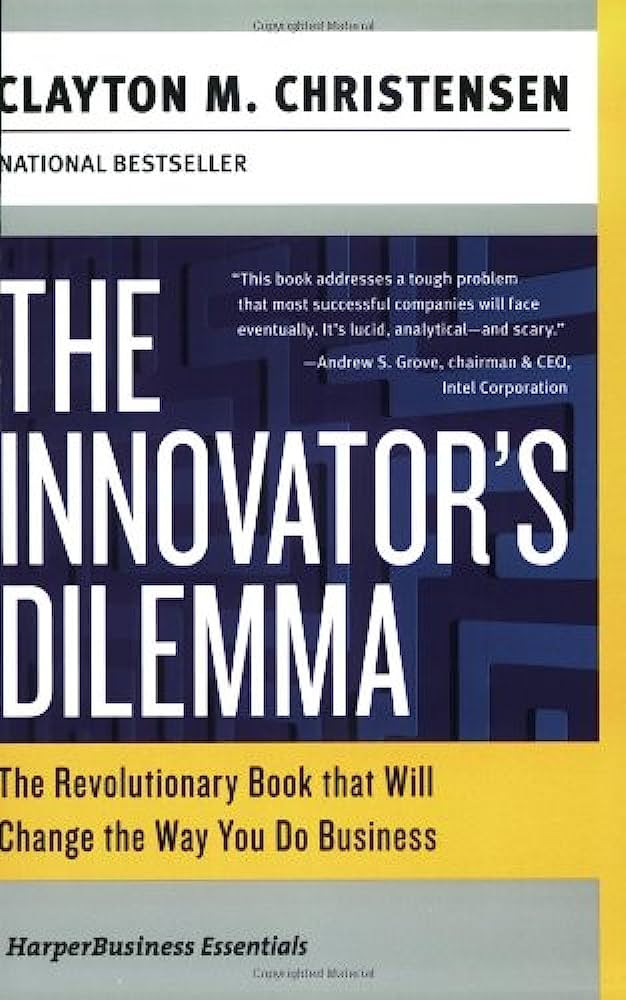Key Marketing Metrics: The 50+ Metrics Every Manager Needs to Know
RATING


This book presents over 50 of the most important metrics to measure your company’s marketing success. The authors present a comprehensive set of metrics covering the full range of marketing activities including: promotional strategy; advertising and distribution; customer perceptions; market share; competitors; margins and profits; products and portfolios; customer profitability; sales forces and channels; and pricing strategy.
The authors explain the metrics in practical terms and show how and when to apply them, providing opportunities, performance and accountability.
The book is comprehensive in scope, full of examples, diagrams and formulas. The authors divide the book into sections, each dedicated to specific concepts or metrics. Each section opens with definitions, formulas and description of metrics covered. They then describe the “Construction,” or issues surrounding the metrics such as formulation, application, interpretation and strategic ramifications. They then describe the limitations of the metrics and potential pitfalls in their use. Thus, the authors not only present a model but thoroughly go into examples, uses and misuses, enabling the reader to understand which metrics are most appropriate for their situation.The book ends with a chapter devoted to the use of metrics as leading indicators of opportunities, challenges and financial performance.
This book is comprehensive in its scope, however is somewhat lacking in a background and strategic explanation of metrics and their use in the organization. The first chapter devotes some space to why you need metrics and choosing the right numbers, however this was just several pages before jumping into the hundreds of metrics covered in this reference-type book. While each chapter goes over the merits and limitations of each metric, the book can be somewhat overwhelming in knowing how to apply its material if read in entirety. Nonetheless, it is a good reference tool.
A Book in the University of Michigan Business School Series It’s a simple equation: no customers equals no profits. So how can a company ensure that its customers enjoy a consistently satisfying experience? In this book, two experts from the University of Michigan Business School lay out a five-stage process that links all of the key measures of customer satisfaction with marketing strategy and product development to guarantee excellent customer service. Johnson and Gustafsson show managers how to break down the organizational barriers that defy great customer service and instead tie together their customer value chain to create a cohesive customer measurement and management system. So, if like most companies, yours has only a fleeting understanding of its relationship with its customers, this book offers the organizational know-how to make and keep them happy.
The many metrics presented in this book allows the manager to choose which ones are most applicable to their individual processes. It is useful for beginning to think in strategic terms and including all possible marketing-related metrics to translate into marketing success. It provides an extensive list of possible metrics, rather than a framework for simplifying (or oversimplifying) the measurement process, as is the case with The Ultimate Question 2.0 (see Senteo review).

This book provides an extensive list of possible metrics, organized around marketing at the core of the organization. It does not have any structured methodology, rather presents a comprehensive list of metrics for measuring marketing success and gives suggestions of shortcomings and merits of each. There is little or no information on applying these metrics to processes and ongoing management.

See content on this topic

Sales training for front line along with basic development and coaching principles for line management.
Understanding branding and communications from the standpoint of emotional engagement and building relevant and meaningful dialogue with customers.
This course covers a complete view of customer touch points (both physical and virtual) and a unique model for standardizing and managing customer contact models across channels including approaches for customer feedback, quality management, and migration.
Understand how the innovation process changes moving from functionality and channel design to a process focused on creating value for customers.
Experiential Branding & Communications – Improving Brand Integration Through Emotional Engagement.
This course covers a complete view of customer touch points (both physical and virtual) and a unique model for standardizing and managing customer contact models across channels.
Understanding how leaders must evolve with relation to the evolution of business models, new management models, and the significant changes to the workforce with Digital Natives now making up more than 50% of the workforce globally.
Understand how to manage both internal and external digital transformation while considering the landscape for digital business models and the effect on traditional business models. Understanding organizational readiness for transformation and the role of corporate culture in managing transformations.
The changes in consumer behavior, employee behavior, and the evolution of business models in the digital age cause significant difficulties and imperatives for leaders who must develop new skills and evolve their leadership styles to be effective in this fast changing, challenging, and competitive environment.
Understanding how to design & manage change/transformation programs in organizations of different sizes. This course will help any size team or organization to better deal with change & transformation on any scale.




 Copy Link
Copy Link
 E-mail
E-mail
 LinkedIn
LinkedIn
 Facebook
Facebook
 Telegram
Telegram
 WhatsApp
WhatsApp

















 Go Back
Go Back
Leave a Reply
You must be logged in to post a comment.